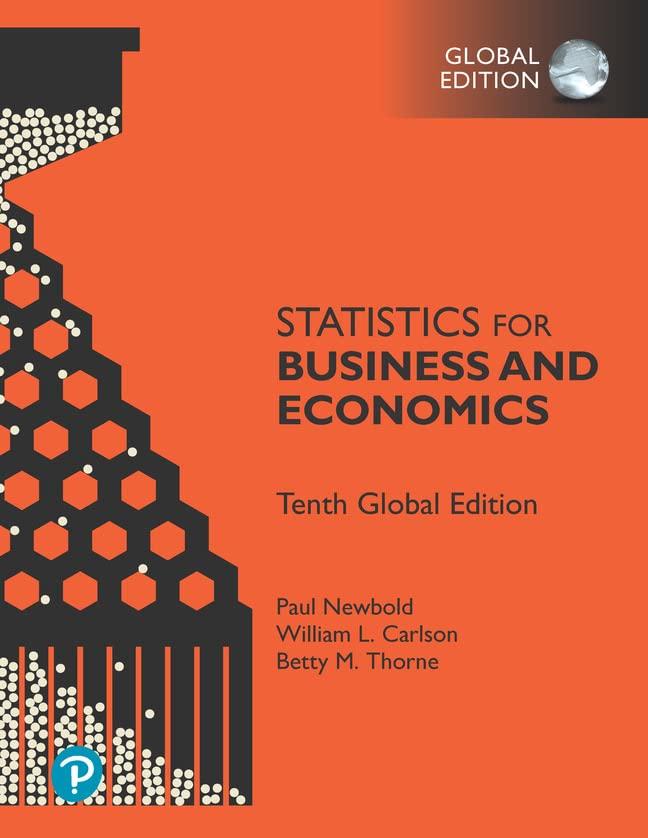A wine producer claims that the proportion of its customers who cannot distinguish its product from frozen
Question:
A wine producer claims that the proportion of its customers who cannot distinguish its product from frozen grape juice is, at most, 0.09. The producer decides to test this null hypothesis against the alternative that the true proportion is more than 0.09. The decision rule adopted is to reject the null hypothesis if the sample proportion of people who cannot distinguish between these two flavors exceeds 0.14.
a. If a random sample of 100 customers is chosen, what is the probability of a Type I error, using this decision rule?
b. If a random sample of 400 customers is selected, what is the probability of a Type I error, using this decision rule? Explain, in words and graphically, why your answer differs from that in part a.
c. Suppose that the true proportion of customers who cannot distinguish between these flavors is 0.20. If a random sample of 100 customers is selected, what is the probability of a Type II error?
d. Suppose that, instead of the given decision rule, it is decided to reject the null hypothesis if the sample proportion of customers who cannot distinguish between the two flavors exceeds 0.16. A random sample of 100 customers is selected.
i. Without doing the calculations, state whether the probability of a Type I error will be higher than, lower than, or the same as in part a.
ii. If the true proportion is 0.20, will the probability of a Type II error be higher than, lower than, or the same as in part c?
Step by Step Answer:

Statistics For Business And Economics
ISBN: 9781292436845
10th Global Edition
Authors: Paul Newbold, William Carlson, Betty Thorne






